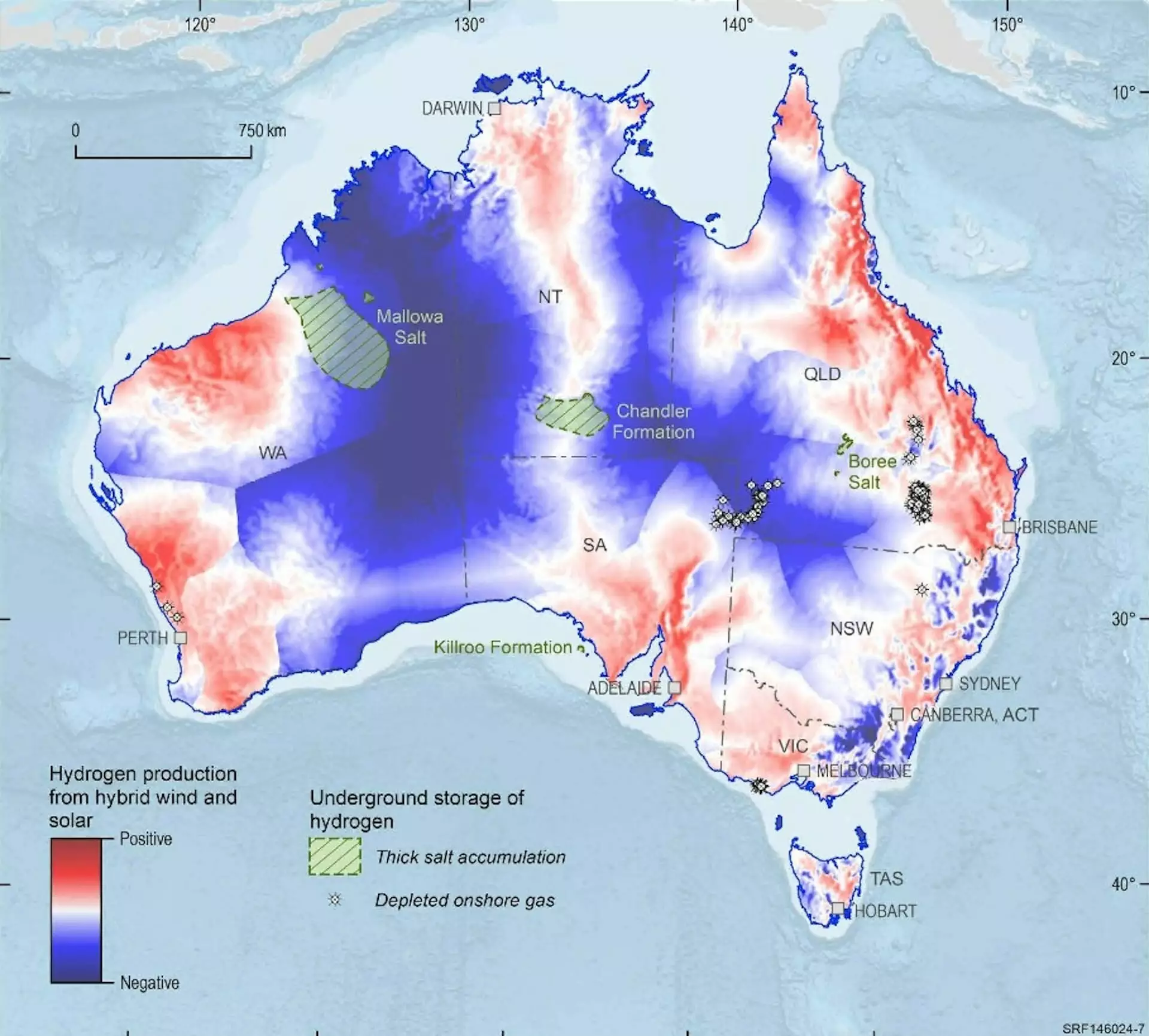As the world grapples with the severe impacts of climate change, nations are increasingly looking for sustainable energy solutions. Australia, a country rich in renewable resources, has recently unveiled its updated National Hydrogen Strategy. This renewed focus on hydrogen production is not merely about meeting climate targets but is also driven by the ambition to position Australia as a frontrunner in the global green hydrogen market. However, while the strategy proposes ambitious targets and outlines a potential pathway toward success, significant concerns remain regarding its execution and the practicality of its goals.
Announced by Federal Climate Change and Energy Minister Chris Bowen, the updated National Hydrogen Strategy builds upon its predecessor released in 2019. The 2023 version sets out new production benchmarks, aiming for an impressive 500,000 metric tons of green hydrogen year by 2030 and stretching toward 15 million metric tons by 2050. Even more bold are its stretch targets: 1.5 million metric tons by 2030 and 30 million metric tons by 2050. At its core, the strategy seeks to foster a vibrant green hydrogen industry by scaling production and enhancing competitiveness.
While these targets are commendable, one must question their feasibility in a market where the cost of green hydrogen production often surpasses what prospective buyers are willing to pay. The previous aims set under the Coalition government, particularly the goal of reducing production costs to $2 per kilogram, have been dismissed as unattainable without accounting for the expenses involved in transportation and storage. As the new strategy anticipates overcoming these economic barriers, it raises a crucial question: what specific measures will the government implement to achieve these economic shifts?
One of the strengths of the updated strategy is its focused approach towards identifying sectors where hydrogen could make the most impact. It underscores the potential for hydrogen in industries such as iron, alumina, and ammonia, along with its promise in specific applications like aviation, shipping, and electricity storage. However, while these sectors highlight hydrogen’s utility, they also expose its limitations; for instance, hydrogen has not proven viable in passenger vehicles compared to electric alternatives, and substituting natural gas with hydrogen in residential applications is cost-prohibitive.
The success of the hydrogen strategy will hinge not just on technological advancements but also on government policy decisions. Investors require certainty over which industries will be prioritized. Will these sectors receive preferential treatment in terms of subsidies or infrastructure support? The government’s engagement with the market and its ability to provide clear signals will be pivotal in shaping the investment landscape and determining which projects get the green light.
Interestingly, the updated strategy appears to redefine Australia’s international market focus. It shifts from an initial emphasis on liquid hydrogen exports to recognizing potential buyers in Europe, specifically through partnerships like the proposed A$660 million deal between Australia and Germany. However, the complexities involved in transporting hydrogen present significant hurdles. It is imperative that Australia carefully considers its best path forward, whether it be harnessing hydrogen for domestic use or focusing on producing green iron to maximize economic benefits.
While the strategy hints at maintaining export routes, it does not offer clear guidelines on how to navigate these competing interests. The balance between fostering local industries and pursuing international opportunities will be crucial in crafting a sustainable economic model.
One noteworthy advancement in the strategy is the emphasis on community benefits and consultation with First Nations peoples. Acknowledging the potential impact of hydrogen production on local environments and economies is essential for gaining public support. Past experiences have highlighted community concerns regarding safety, particularly surrounding the volatile nature of hydrogen. The updated strategy not only addresses safety but also ensures that residents and local stakeholders derive tangible benefits from hydrogen technologies.
That said, a delicate balance must be struck between fostering regional economic development through hydrogen initiatives and ensuring environmental sustainability. Without stringent measures to protect local resources, the promise of jobs and economic diversification may fall short in the long run.
The updated National Hydrogen Strategy is a crucial step towards realizing Australia’s renewable energy potential, marking an evolution in the country’s approach to hydrogen production. However, as we look toward the future, it is important to remain cautious. The ambitious targets set forth must be accompanied by actionable strategies, clear policies, and robust investor confidence. The forthcoming decade will be critical, and success will depend on whether the outlined pathways can translate into concrete projects.
The next review of the strategy in 2029 will serve as a litmus test to gauge its effectiveness. Monitoring developments such as project financing, multi-year contracts, and the transition of traditional industries to hydrogen will be essential indicators of progress. Should the anticipated advancements not materialize, it may require Australia to reassess its hydrogen ambitions and adapt its strategy accordingly. The journey towards a sustainable hydrogen economy is fraught with challenges, but with correct execution and continual assessment, the future remains promising.


Leave a Reply